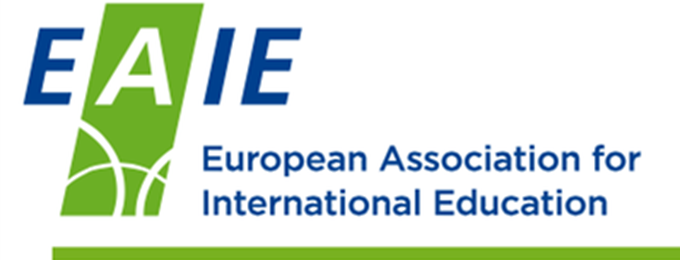The European Association for International Education (EAIE) launches its latest report on the internationalisation of higher education.
The EAIE released Signposts of success, the latest report of the EAIE Barometer series, further looking into what fosters an effective internationalisation of Higher Education Institutions (HEIs) from a practitioner’s perspective. First conducted in 2014, the EAIE Barometer is the most consequential dataset measuring internationalisation in Europe, in both size and geographical coverage. Launched in 2018, the second EAIE Barometer provides rich insights on the state of internationalisation in HEIs, through the lens of practitioners specialized in the field.
The Signposts of success report builds on the second EAIE Barometer’s findings, including 2317 survey replies from professionals active in the field of internationalisation in universities. Furthermore, the dataset covers 45 European Higher Education Area (EHEA) countries (incl. Switzerland) and 1292 HEIs. The report takes an in-depth look into the common institutional factors of HEIs in which said practitioners report a positive outlook on the current and future state of internationalisation.
Besides, Signposts of success gives an overview of what practitioners consider as incentives to internationalisation in HEIs e.g. the funding or societal impact of internationalising universities. The report also encompass topics such as the relationship between inter-departmental collaboration and a successful mainstreaming of internationalisation within an HEI, as well as the support required by practitioners to implement internationalisation. The report highlights nine key factors that the HEIs reporting a successful state of internationalisation hold in common e.g. having an internationalisation strategy aligned with the HEI’s mission or establishing an ‘institution-wide strategy’.
The next report of the Barometer series is expected for this summer. The focus of the latter will be on the HEIs’ strategy vis-à-vis the funding of internationalisation.

